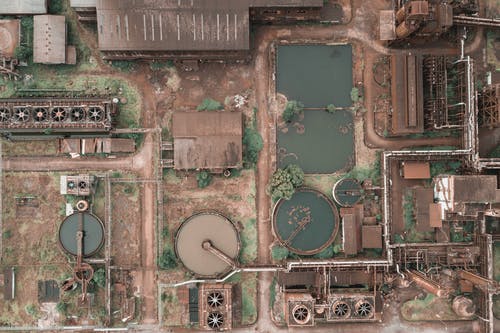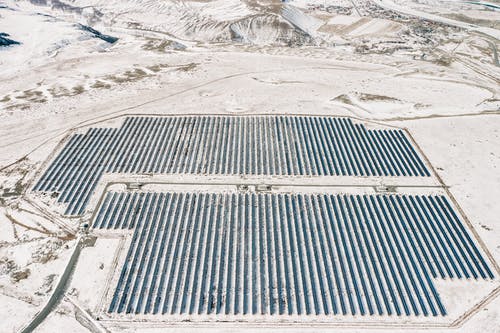
Different Types of Material for Sewage Pump Stations
Wastewater and sewage coming from homes and commercial establishments should be treated well before it is disposed into the environment. Aside from the unpleasant smell and look, it also contains a lot of harmful compounds that causes negative impacts on the environment.
On some areas, sewage naturally flows from the drainage down into the main sewer due to the natural pull of gravity. However, in some areas when the main sewer is higher than the exhaust pipes, it would be impossible to simply let it flow naturally. This is when you’ll need a sewage pump station to push the sewage into the main sewer for treatment.
A pump station contains a holding tank where the waste will be kept until it gets pumped into the main sewer. A system designed for residential purposes is a lot different than those for commercial use. Pump stations can be made from a variety of materials, depending on what your building needs – from concrete, polyethylene, and fiberglass. Here are the features of each kind and when they are best used.

Fiberglass
Fiberglass is the perfect material for medium-sized pumping stations because of its versatility and resiliency. It can be formed into complicated tank shapes making it more customizable compared to other pump station materials. It is also very durable and could withstand chemicals, making it perfect for industrial purposes. Fiberglass pump stations usually have capacity of about 100 to 10,000L however, it is a sensitive material that could develop leaks and holes when not handles properly.
Polyethylene
Just like fiberglass, polyethylene is also durable and commonly used for both residential and commercial purposes. Polyethylene pump stations can be made stronger and more durable by thickening its walls. Unlike other materials, polyethylene is light and easy to handle. Installing a pump station made from this material is just a simple construction project.
Concrete
Compared to both materials used for sewage pump stations, concrete is definitely the most popular and durable according to a lot of users. Concrete pump stations for sewage are made for bigger tank capacities, usually even more than 10,000 L. Unlike the previous 2 types, concrete pump stations will never move no matter how much ground pressure there is because of its weight and stability. Although it is known to be stronger and more durable, it is easy to fix pumps because of its strong sidewalls.

It might be confusing which material is best for your sewage pump station. Almost all of the three are good however, they have their own pros and cons when it comes to instalment, functionality, repairs and maintenance. If you’re not sure which to get for your home or building, it is always best to consult an expert regarding these things.
Choosing the right pump station could take some time but once you have it, your investment will surely be worth it knowing that you got the perfect one for your needs. Learn more about pump stations by asking an expert which one is perfect for your property.





-
Tagged KS